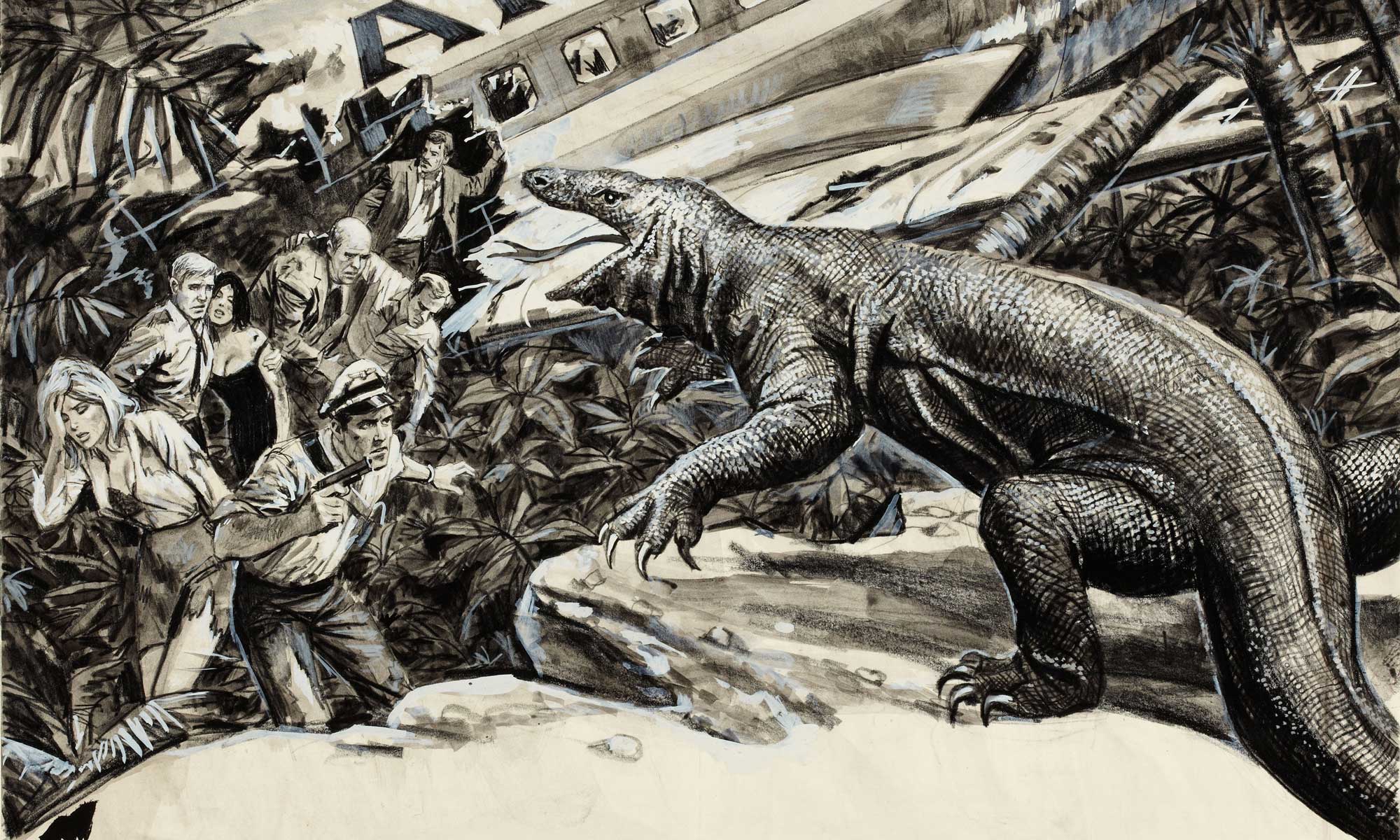Same old story.
So This Is Cool
Learned this past weekend on a trip visiting my 81-year-old aunt that my grandmother’s cousin (my first cousin, twice removed) was a songwriter in California. And that I’m named for him, by way of my dad. (Fucked up spelling and all.) Here’s one of his tunes that Bing Crosby recorded.
And here’s another that could be fun to work up as a rocker.
How Much For The Whole Collection?
This is the same guy who did the Clockwork Orange location tour I posted not too long ago. I’m slightly obsessed with his channel at the moment.
What On Earth!
Oscar-nominated animated short from 1966. Anybody seen it before? Seems like I have, but who the hell knows anymore.
What Are They Dancing To?
Here’s a Scopitone of Brook Benton lip-syncing Mother Nature, Father Time while bikini girls apparently dance to something else.
If you’re unfamiliar with Scopitones, they were music video jukeboxes typically placed in lounges and similar adult-oriented locations. It seems that most Scopitones, like the later music-video format, were more about the girls than the songs. (I remember child-oriented ones, but their format and machines had a different name). The videos often had the hubba-hubba vibe of 50’s-60’s softcore men’s magazines (like here and here). Although Procol Harum did one, most rock acts snubbed Scopitones. I imagine they’d started looking dated, like something their dads watched for cheap thrills, down there with carnival peep-shows. One novelty was a live Billy Lee Riley one, unusual in that it’s not lip-synced.
For you film nerds: I can’t verify this, but I know I read somewhere that French (who invented them) Scopitones used Pathecolor, a very early film tinting process that used stenciling. Wikipedia claims that the last use of Pathecolor was the 1954 Mexican surrealist classic, Robinson Crusoe, but it’s often stated that it was used in that august cinematic masterpiece, Dr. Goldfoot & The Bikini Machine.
Shit
My parents wouldn’t let me stay up to watch Starsky & Hutch, but I still get a thrill when I see an old Gran Torino.
David Soul—beloved husband, father, grandfather and brother—died yesterday after a valiant battle for life in the loving company of family. He shared many extraordinary gifts in the world as actor, singer, storyteller, creative artist and dear friend. His smile, laughter and…
— David Soul (@DavidRSoul) January 5, 2024
Seeds Documentary!
Not sure how a doc about some of my favorite proto-punks got past me. This goes straight to the top of my list if it’s available anywhere.
The High Numbers
A revved up Ooh Poo Pah Doo and a great cover of I Gotta Dance to Keep From Crying.
Are you a mod or a rocker?
Early Cure
Before we got hit with a Goth stick.
I’ve Got A Bad Feeling About This
Never made it more than about three minutes whenever I try to watch the infamous holiday special. This looks promising, though!
